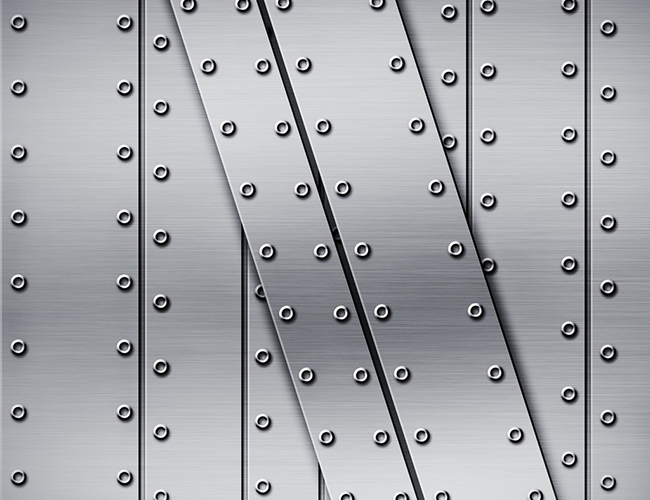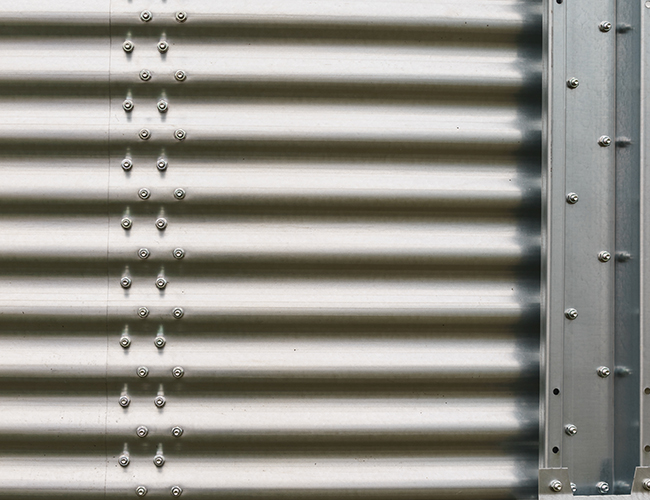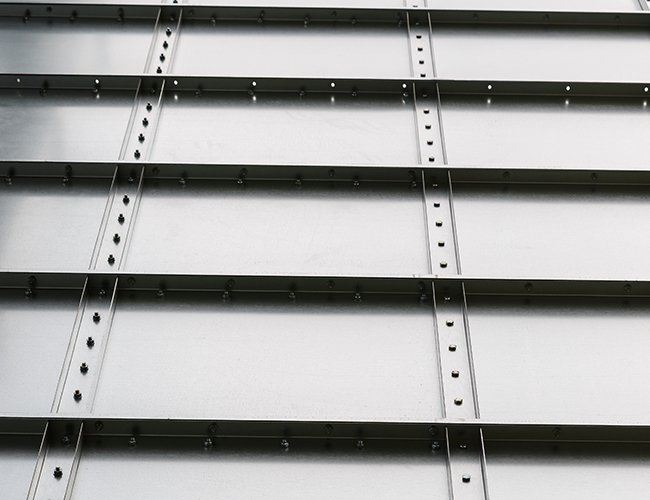


A fixed process technique, often used in can not be welded iron plate, aluminum plate and other plate fixed stud process, also it is a very common method of fixation methods .
JAVA Metal introduce the advanced riveting machine and it has the features of safe, reliable, accuracy and efficient. it’s high efficiency, high reliability, multi-functionality to avoid rivet incorrectly and without omitting. also the riveting machine allows the insertion of up to four different fasteners in a single handling of a part.
From standard to customized products to special pressure riveting needs, Chaohua Hardware has the ability to provide you with a complete set of solutions to ensure that you find the right pressure riveting system according to your respective needs.
The company is equipped with advanced riveting machine, its product features: high efficiency and reliability, multi-function in one machine, error-proof riveting, leak-proof riveting, pick up a workpiece can crimp four different fasteners, and can upgrade the automatic feeding configuration, Improve crimp productivity.

In the processing technology of sheet metal parts, it is often encountered to press riveting studs, screws or nuts on the sheet metal parts to meet the use function of the parts. Except for stainless steel, the surface of most sheet metal parts needs to be electroplated. After electroplating, the pressure riveting fasteners are prone to loosening and falling off, which affects the quality of the pressure riveting.
The principle of the sheet metal riveting process is to press the embossed teeth into the preset holes of the sheet metal. Generally speaking, the diameter of the preset holes is slightly smaller than the knurled teeth of the riveting nut, and the embossed teeth of the riveting nut are squeezed by pressure. In the plate, the periphery of the hole is plastically deformed, and the deformation is squeezed into the guide groove, thereby producing a locking effect.
rivet nut
Nuts can be crimped on sheet metal for screw mounting. When crimping, ensure the flatness of the plate and the perpendicularity of the nut and the plate;

Press rivet nuts have the following advantages:
1. The back of the sheet is kept completely flat;
2. Small and compact, suitable for all electronic or precision equipment;
3. High torque resistance;
4. The equipment is convenient, just simple riveting;
5. The specifications are serialized, which can meet various design requirements.
Pressure riveting screws

Pressure riveting screws are divided into round head pressure riveting screws and hexagonal head pressure riveting screws. Crimp screws on sheet metal for device mounting nuts. When crimping, ensure the flatness of the board and the verticality of the screw and the board;
Pressure riveting stud

Pressure riveting studs are divided into full through-hole threads, non-full through-hole threads, and blind holes; studs with internal threads are crimped on sheet metal parts to install devices with certain height requirements. When crimping, ensure the flatness of the board and the perpendicularity of the stud and the board;
With the pressure riveting process, the sheet metal can be installed and connected more conveniently and reliably, which effectively improves the sheet metal processing efficiency and reduces the knocking of screws and nuts on the sheet metal parts. Compared with other processes, the precision is higher than the knocking. The pressure riveting process has firmness, which can ensure the perpendicularity and flatness of the sheet metal and the pressure willow parts. The pressure riveting process, as a connection method, plays an important role in the processing of sheet metal parts.
Technological analysis of pressure riveting fasteners
The common types of pressure riveting fasteners are pressure riveting studs, pressure riveting screws and pressure riveting nuts, etc. The installation principle is the same, mainly by pressing the inner thread or embossed teeth of the pressure riveting parts into the sheet metal. In the preset hole of the metal piece, the periphery of the hole is plastically deformed, and the deformed object is squeezed into the guide groove, thereby producing a locking effect.
In the process of surface electroplating (such as zinc plating, nickel plating, etc.), the solution will corrode the locking parts in the pressure riveting guide groove, causing the pressure riveting parts to fall off; therefore, for parts that require pressure riveting, they should be coordinated before processing. Analyzing the process flow, the process that will affect the quality of the riveting should be completed before the riveting operation to ensure the firmness of the riveting parts.
In the use of pressure riveting fasteners, although the installation method and principle have been determined, it is still necessary to use special riveting equipment to operate, which is also indispensable to ensure that the pressure riveting parts can maintain stable performance after installation. the elements of. During installation, the heads of the riveting press and the riveting parts should be kept vertically balanced and evenly pressed down.
Processing strategy of sheet metal riveting parts
1. Stainless steel sheet metal parts usually do not have an electroplating process. For sheet metal parts with simple planes and shapes that need to be riveted, it is only necessary to directly drill preset holes for riveting after completing the shape processing of such workpieces. It should be noted that the diameter of the pre-drilled holes should be slightly smaller than the embossed teeth of the pressure riveting fasteners, and the size of the bottom hole should be processed according to the tolerance size of 0 to +0.075 mm.
The installation should be realized by pressure riveting operation, and it should not be knocked in by impact. For stainless steel parts that need to be bent and formed, if there is room for riveting after bending, it can be riveted after bending to facilitate the bending operation; if the parts are complex and cannot be riveted after forming, the riveting needs to be adjusted. before the bending process.
2. Electroplating sheet metal parts, simple-shaped sheet metal parts For simple-shaped sheet metal parts, the pressure riveting process is similar to that of stainless steel sheet metal parts. Just pay attention to drilling the pressure riveting bottom holes before electroplating to complete the electroplating. Then install the pressure riveting parts.
Main Advantages
Safe, reliable, accuracy and efficient.